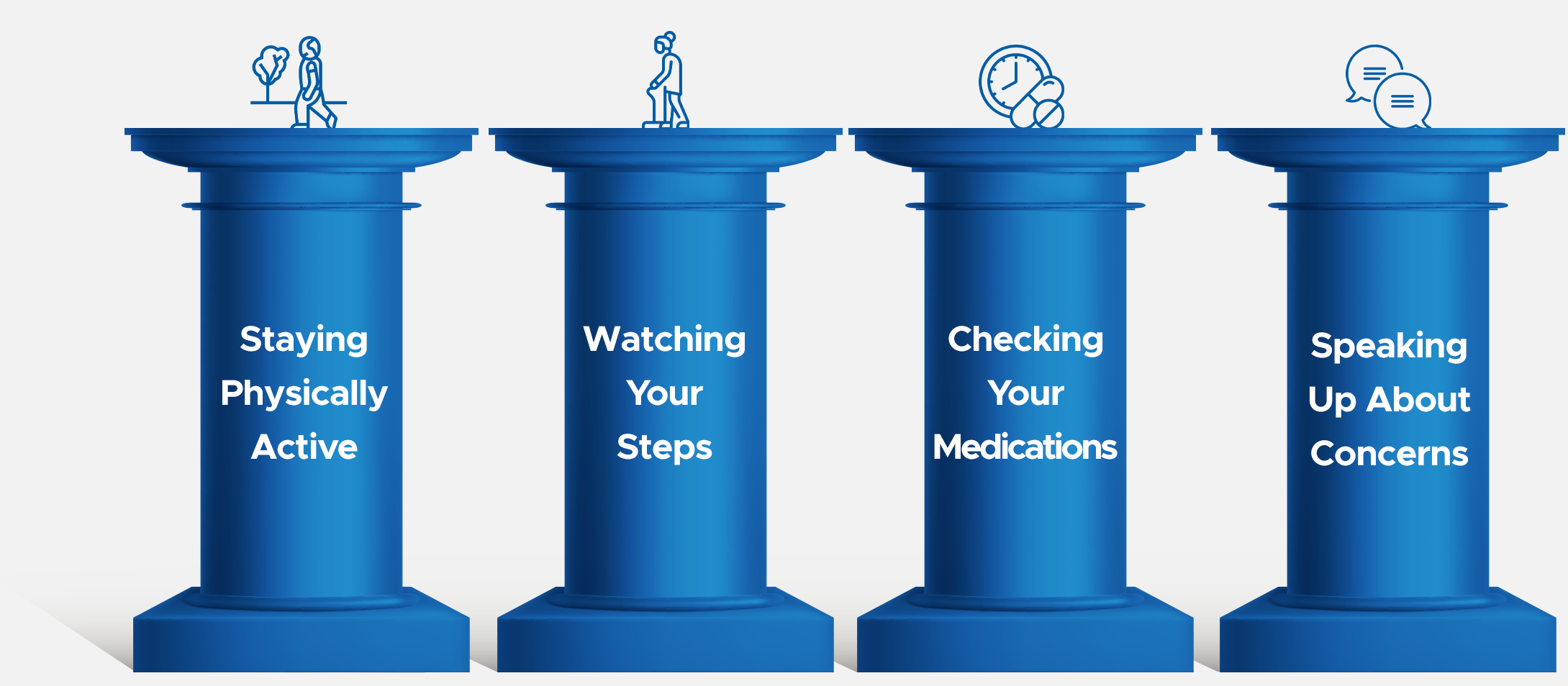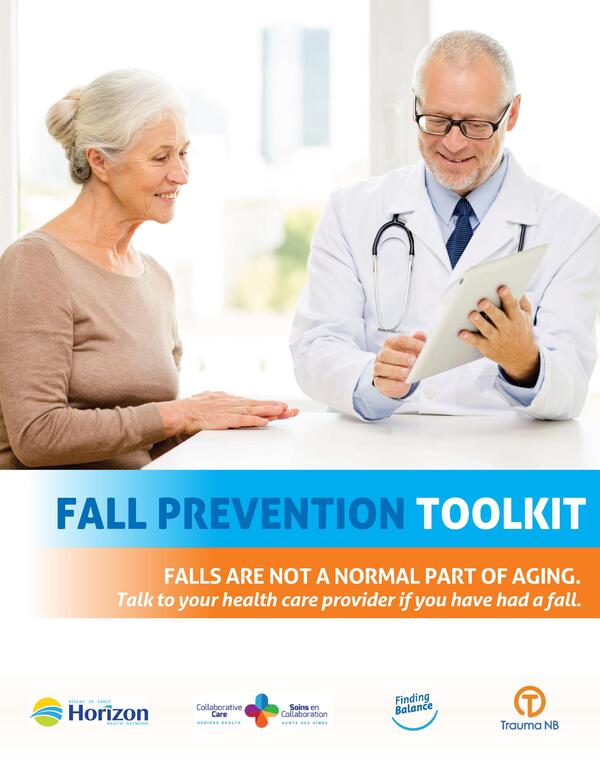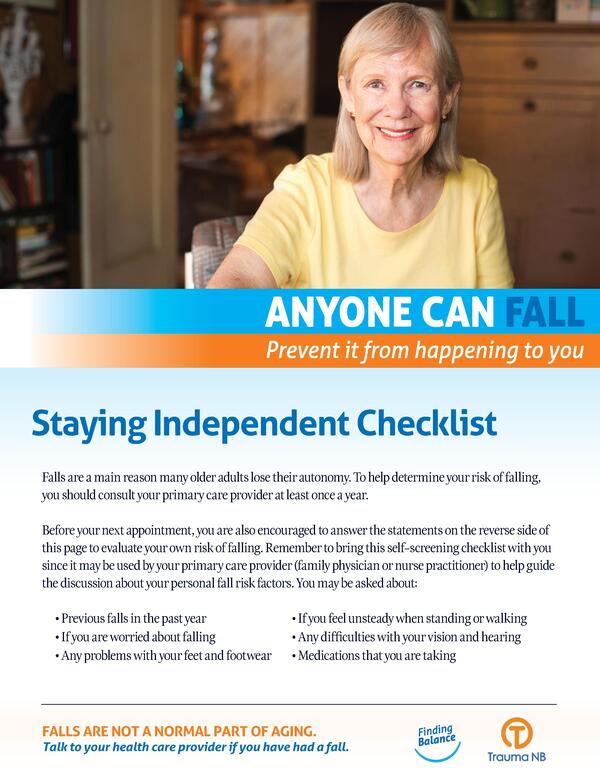Understanding Fall Risks
Anyone can fall. But as we age, our risk of falling becomes greater. To help keep your independence, issues such as reduced muscle strength, visual impairments or hazards in the home should be addressed as soon as possible.
The good news is that family, friends, caregivers, and healthcare professionals can all play a role to help you take steps to avoid or reduce the impact of a fall-related injury. For more information, we encourage you to learn about each of the Four Main Pillars of Fall Prevention.
Staying Physically Active
Everyone can benefit from regular physical activity. The more you move and build your strength, balance and flexibility as you age, the better you will feel and the less likely you are to be injured in a fall. Fortunately, it is never too late, and you are never too old to increase your level of physical activity.
Watching Your Step
If you wish to reduce your risk of falling, it’s essential to be able to identify and address the different hazards that may be present around you when completing your daily activities. This includes taking steps to make your home safer, having your vision checked annually, ensuring proper foot care and making sure that you use assistive devices the right way.
Checking Your Medication
As we age, the way medications are handled by the body can change and increase the risk of falling. Keep in mind that some medications can make you feel drowsy, dizzy, or unsteady on your feet. In addition, some drugs alone or in combination with other ones can increase the risk of falling. This is why it’s recommended to have your primary care provider or pharmacist review all of your medications annually, especially if you are taking multiple prescription medications.
Speaking Up About Concerns
Falls usually happen due to a factor or a combination of factors that can be prevented. The good news is that there are many different health care professionals and a wide range of programs and services that are available to help reduce your risk of falling.
Don’t wait! In addition to consulting your primary care provider at least once a year, you are encouraged to ask for support to help address any concerns you may have about falls whether it’s for yourself or for others in your community.





